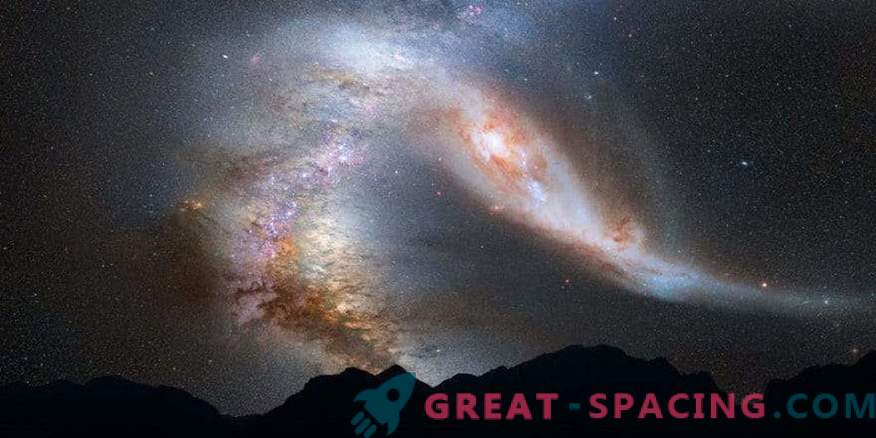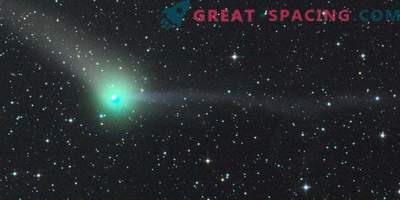
Infants grow up quickly, so parents try to record their growth, not losing a single minute. This is true not only for people, but also for children's stars. These are protostars, which astronomers are observing. Protostellar epochs or evolutionary stages were determined due to surveys at near and middle IR wavelengths. The most youthful stage (class 0) is calculated by the impossibility of determining at these wavelengths, which corresponds to 300,000 years. However, this method is not able to distinguish between the younger and older protostars of class 0. But researchers expect that older protostars develop faster in the early stages than in the later ones, which means that many important points of growth are missing.
In the case of people, doctors use ultrasound scanning, which allows you to hear the heart rate and determine the growth rate of bones, the skull, and even get a hint of the floor. For the analysis of children's stars involve millimeter / submillimeter telescopes. In order to study the rapid growth of a protostar of class 0, an international team of researchers followed three protostars using the ALMA array, deriving differentiated evolutionary stages in several aspects. All managed to get four evolutionary indicators:
- the growth of the dust disk by 100 a. e.
- widening of opening angles.
- Desorption of carbon monoxide from ice grains due to temperature increase.
- weakening accretionary impact.
All this agrees with theoretical predictions for young protostars. This work demonstrates the importance of millimeter observations of wavelengths for studying the evolution of young protostars. Also, consider the high spatial resolution of ALMA, which distinguishes morphology on a small scale, and high sensitivity, which fixes a weak molecular line in cold regions.











































